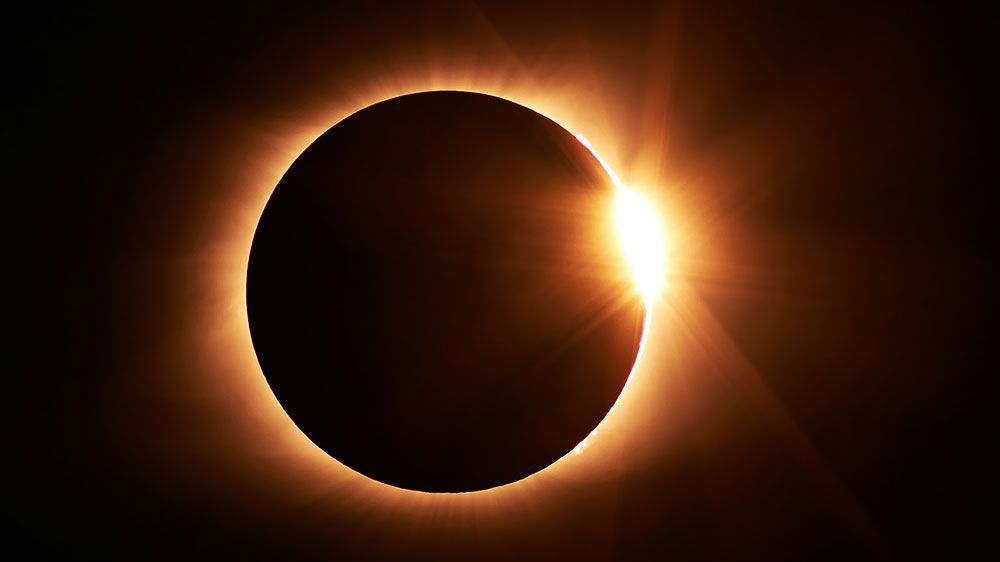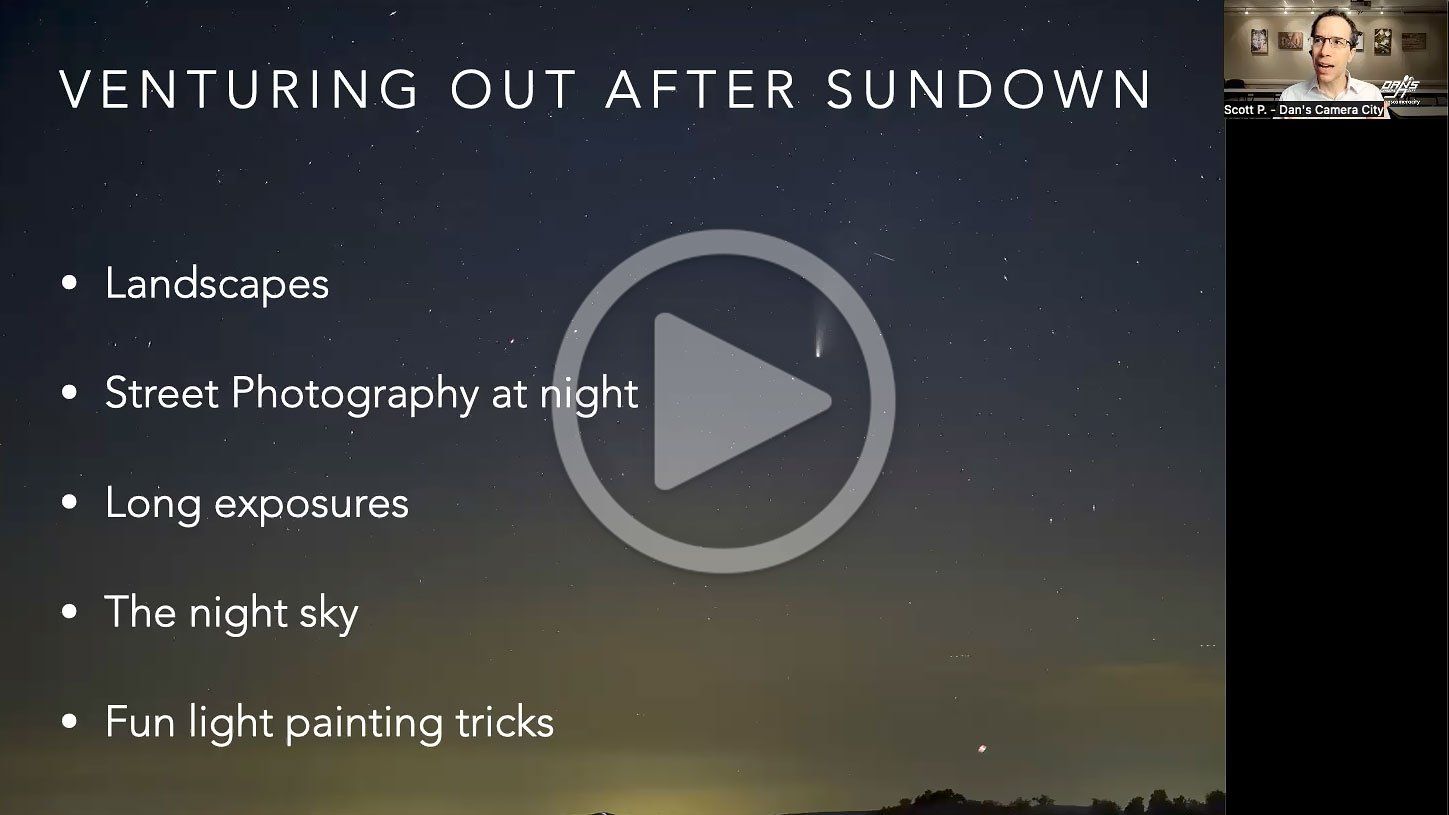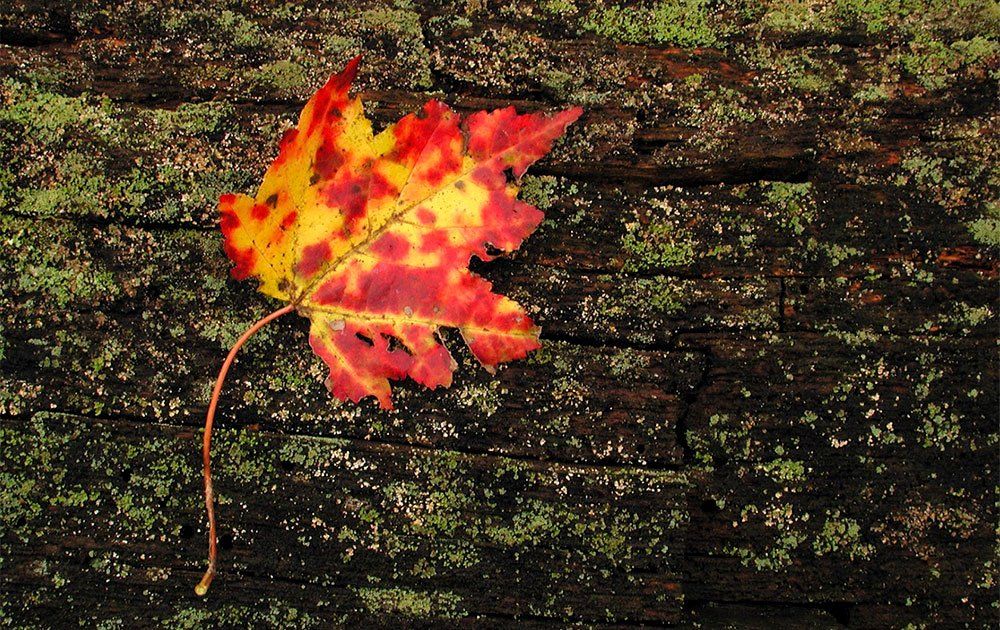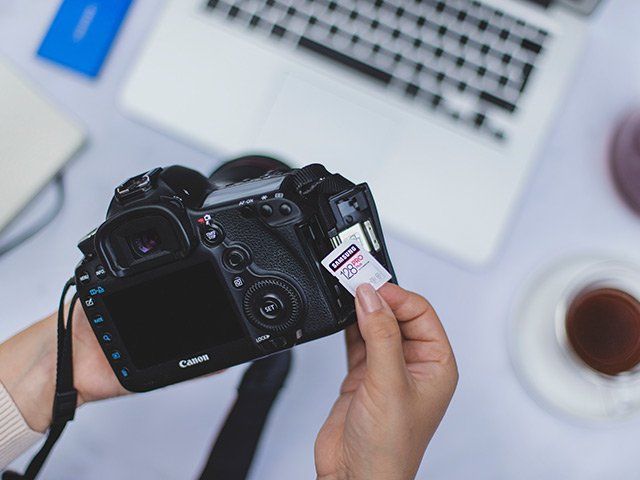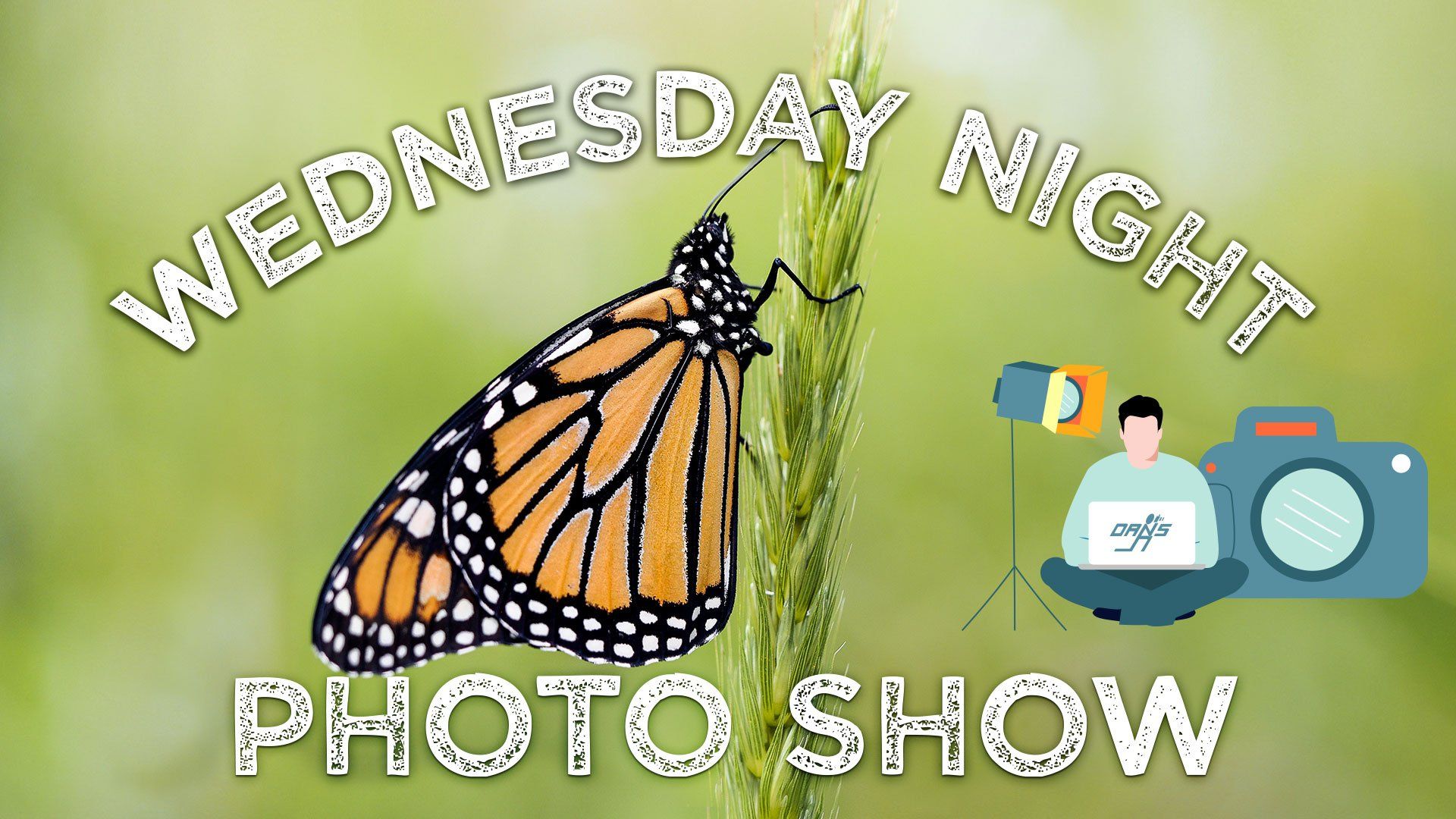Meet Dan's Staff: Sam Ferrara
This winter, Dan's staff member Sam Ferrara spent a little time getting some amazing photos on the other side of the world. He mostly works behind the scenes here at Dan's, so we wanted to take some time to chat with him and show off some of his pictures. Take a look!
O'Neill's Bay, Bethells Beach, on the Tasman Sea
Hi, Sam. Tell us a little about what you do at Dan’s.
Hi, Scott. I’m the employee behind the scenes at Dan’s who interacts with, manages, and fixes anything that turns on or makes a beep. From kiosks and workstations to servers and networks, and anything in between. I’ve implemented a fully virtualized server infrastructure with over 50 terabytes of storage across more than a dozen servers between both Dan’s locations.
I also have a role as our Camera Card Recovery specialist. We offer a service at Dan’s Camera City – recovering images and videos from corrupted or seemingly unusable memory cards. We have a very high success rate recovering lost images from all sorts of media including SD cards, USB sticks, and others.
And how long have you been interested in photography?
It’s only been a couple of years. I began my photographic journey with macro photography using a Canon Rebel and some older manual-focus lenses. Seeing the smallest things enlarged to such a degree was fascinating, but there’s only so many times I could take pictures of flowers. When I tried to move on to insects I realized that I’m terrified of them, so I moved on to different kinds of photography altogether. Since then I’ve dabbled in portraiture, event photography, aviation photography, and product photography, but I think my absolute favorite has been landscape and aerial photography.
So you recently took a month-long trip to New Zealand…
Yes, I did. And I still miss being there.
What attracted you to that destination?
I’ve wanted to visit New Zealand ever since December, 2001. Looking back, that’s when Peter Jackson’s The Lord of the Rings: The Fellowship of the Ring was released. I’d never seen images of New Zealand and knew little of this amazing place until I saw it on the silver screen. Ever since those movies I’ve been determined to make it there somehow. New Zealand is often described as a photographer’s paradise. I’ve been told that you can’t take a bad picture in New Zealand – point your camera in any direction and magic seems to happen. And frankly, it’s true.
Eroded Rock at Takapuna Beach, Auckland
Obviously, photography was a big part of your trip. What kinds of pictures were you hoping to get, and how did you prepare?
I planned my trip around two major events. The first was a 14-day Lord of the Rings tour of ALL filming locations in New Zealand with Red Carpet Tours , and the second was a private helicopter flight over the Southern Alps in Fiordland National Park on New Zealand’s South Island. My main goal was to capture epic New Zealand landscapes. Going on the tour really helped – I was granted access to locations on private property and to places I wouldn’t have gotten to visit otherwise.
All the Comforts of Home - Hobbiton Movie Set, Matamata
I prepared by revisiting all six Peter Jackson movies. I studied the on-location shots as if I was taking an exam. I watched all of their behind-the-scenes videos probably thousands of times. I consumed every documentary on New Zealand that I could find. I started reading digital New Zealand newspapers, visiting New Zealand websites, and signing up for NZ’s national weather service alerts, MetService. I learned more about videography, landscape photography, and aerial photography in the process.
Tell us a little about how you packed for the trip. What kind of gear did you take?
I can safely say now, after being back from this trip and unpacking, that I over-packed. I took close to 50 lbs. of gear with me. I had the largest backpack that Lowepro makes stuffed to capacity, and a giant 5.11 Tactical Overseas bag also packed full.
My main camera was a Canon 5D III with the new 2014 Canon 16-35mm f /4L IS USM lens and a 77mm Heliopan circular polarizer. I had a Canon T5i for video and as a backup body. I used the Canon 28-300mm f /4.5-5.6L IS USM lens and a 18-55mm f /3.5-5.6 STM lens on the T5i.
I also brought two GoPro video cameras with me, the GoPro Hero3+ Black (which was the best available at that point) and I pre-ordered a GoPro Hero4 Black. I must have had 20 different mounts for them, from over-the-shoulder backpack mounts to a custom made mount for the helicopter I’d be flying in to weather-sealed time-lapse enclosures and even an IKEA egg-timer as a time-lapse panning device.
You weren’t kidding, that’s a whole lot of stuff! With all that planning and preparation, did New Zealand live up to your expectations?
We toured the entire country starting with the largest city, and there are not enough descriptive words to tell you how well it lived up to my expectations. There wasn’t anything I did or any place that I went that was a let-down. Since I went in the middle of their summer, we had near-perfect weather. Our tour group had a hobbit habit of saying, “today was amazing. It can’t get any better than this”, and yet each day outdid the last.
I was able to take my time at each location thanks to our gracious tour guides. I took exposure-bracketed shots for HDR and composite photos the whole time. I found settings that worked; programmed them, and let the camera do the work.
Rushing waters of Lake Erskine, Fiordland National Park
Were there any photos that were particularly challenging?
The most challenging photo I took was an epic selfie. My pilot Dave and I had flown up to an area within Fiordland at the base of Mount Earnslaw called ‘Earnslaw Burn’. It’s one of the most famous spots in Fiordland because it features over 50 cascading waterfalls. It was featured in The Hobbit: An Unexpected Journey showing the company of Dwarves riding their horses behind the largest waterfall at the Burn. I wanted to go there for that reason alone. I knew that I wanted a picture of myself at that waterfall. We arrived at the spot, I set up my camera, and told Dave how to operate it and what the signal would be to take the shot when I was ready.
What I didn’t see in the film was that this rushing, falling water actually has to go somewhere and creates a labyrinth of streams and little rivers – some of which are nearly 20-30 feet across. I spent 30 minutes trying to find a way across by either hopping on stones or taking a far leap – but couldn’t find a way. I almost gave up, but I realized that I may never get another chance at this picture, I may only be here once. So, #YOLO – I stripped off all of my excess camera gear, and just hopped right into the frigid glacier runoff. By the time I got to the waterfall itself, I was drenched from head to toe – from the river as well as the waterfall spray – but I got the shot.
Best. Selfie. Ever.
Wait, your pilot? As in your very own flight? How did that work out?
I’d never flown in a helicopter before going to New Zealand, but I knew it was something I wanted to do. I wanted to take pictures from the air, but most helicopter companies only did short 30-60 minute tours with one landing. I wanted a more tailored experience. I booked three hours in the air, and Heliworks Queenstown offered to remove the doors for the whole flight as a courtesy to me, so I wouldn’t have to shoot through a door or a window. It was only me and Dave the entire time.
Shooting from the helicopter was different and challenging. While I had been shooting 5-shot composites my whole trip with high f-stops and long shutter speeds, I had to quicken my shutter speed to 1/1000s – 1/1250s to be sure nothing was blurred, and shoot on burst mode – otherwise I’d risk only taking one shot and possibly having a helicopter rotor blade ruin the shot. More shots meant a better chance of a clear picture.
This flight was the absolute HIGHLIGHT of my trip. It was both the scariest and most calming adventure I have ever been on. We initially departed the helipad at 6:30am and arrived back at 4:30pm. I was able to spend as much time as I wanted at over 10 different landings we made that day.
We went straight up above the clouds, and up to a permafrost glacier where we landed after a 30 minute flight. There was zero wind at the top. Dave informed me that usual tour groups that land at this spot can’t stay for more than 5-10 minutes before the wind and cold gets the better of them. We stayed for close to 45 minutes in this one spot looking over the clouds at distant mountain peaks.

Portrait of a Mountainside - Mount Earnslaw's Western Peak
That sounds amazing! But you were there for a whole month, were there any other memorable highlights from your trip?
One of the most memorable moments I had was on the Interislander Ferry we took across the Cook Strait between the two main islands. I’d contacted the Interislander Ferry Company a few months before my trip to see if I could do some personal video recording while on the vessel, and perhaps attach a GoPro or two on the ship for an over-the-sea time-lapse, and they agreed. I met with the Deck Captain, Sami, who led me to the top of the ship and allowed me to attach my weather-sealed time-lapse enclosure to the bow. I used a railing and almost a quarter roll of gaffer’s tape.
After 30 minutes into our three-hour journey across the sea, the wind picked up. They closed off the observation decks, and told everyone to hold on. Sami told me that no one, not even he, was allowed out on the decks at that point. We’d have to wait until we were closer to land before we could check on my camera. I overheard the outside wind speed: 140km/h (ed. note: about 87mph). I figured my GoPro was lost, gone, floundering at the bottom of the Strait. Eventually the wind wound down enough for Sami and I to check for my GoPro. We went up to the top deck, and had to CHARGE head-on into the wind, as if we were climbing up a hill. To our amazement, the GoPro had held through the storm. It was still recording when we made shore, and I captured it all.
The whole trip sounds like an incredible experience. Thanks for taking the time to share it with us! I have one more question that I think a lot of our readers deal with after a vacation: now that you've got these great pictures, what do you actually do with them all?
One of the first things I realized that I wanted to do since coming back was to create a website showcasing my best photos and videos. I experimented with 500px, Flickr, and Smaugmug, but ultimately decided to host and run my own website which I could tailor to my needs. The result is One Lidless Eye.
Before I could even start working on a website I needed to be sure that I had backup copies of my original files. I shot my images on large 32-64GB SD and Compact Flash cards, and transferred them over to external hard drives each night. When I came home I made copies to my home RAID device, to a backup drive, and a third copy of my images kept on a drive here at Dan's.
Since coming back, I've been showing my coworkers various images from my trip. The initial impressions of my work have been truly humbling. One of our staff members made a 14×20 Gallery Wrap Canvas from one of my images through our lab, and it now hangs where I'm sure it'll get noticed.
I'd like to take a lot of the credit for my work, but the real star is New Zealand. I've already begun planning my trip back in 2016 to revisit a lot of the same locations, but also a ton that I missed. In the meantime, I'm planning on a series of trips to Switzerland, Northern Italy, and possibly Austria to visit the Swiss Alps and the Italian Dolomites. This trip has been my first exposure to larger-than-life, epic landscapes, and I plan to visit many, many more.
Mount Aspiring - tallest peak in Fiordland; the Matterhorn of the South
You can see more of Sam’s photos from his trip on his website, One Lidless Eye.
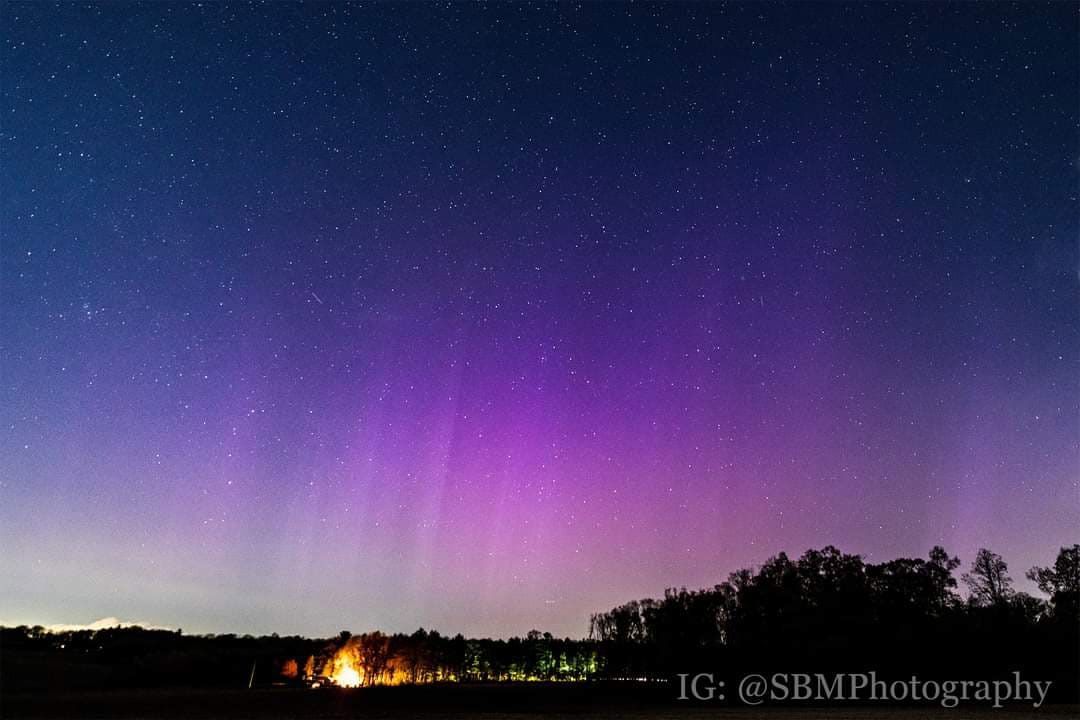
USEFUL LINKS
Dan's Camera City. All Rights Reserved













